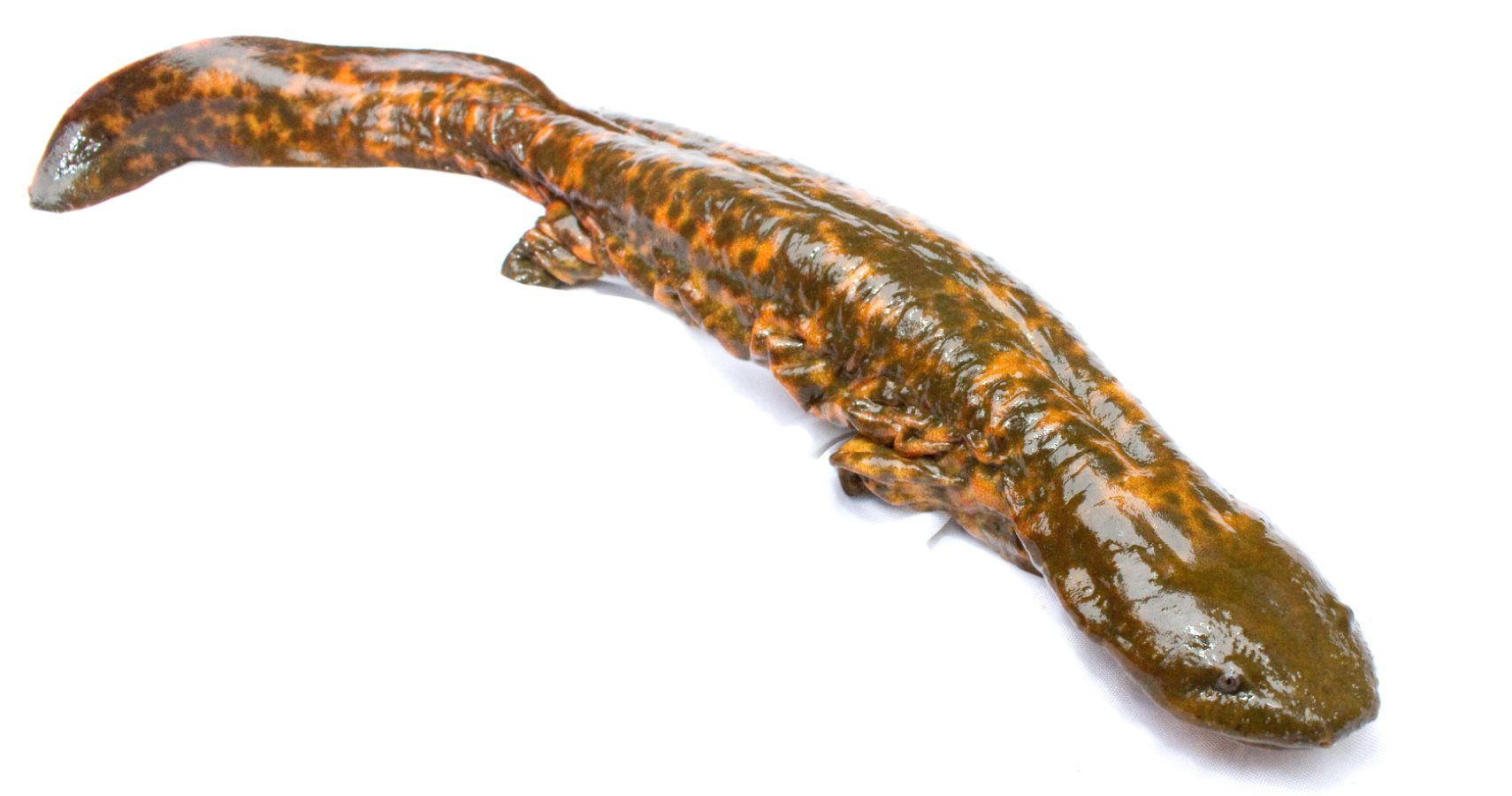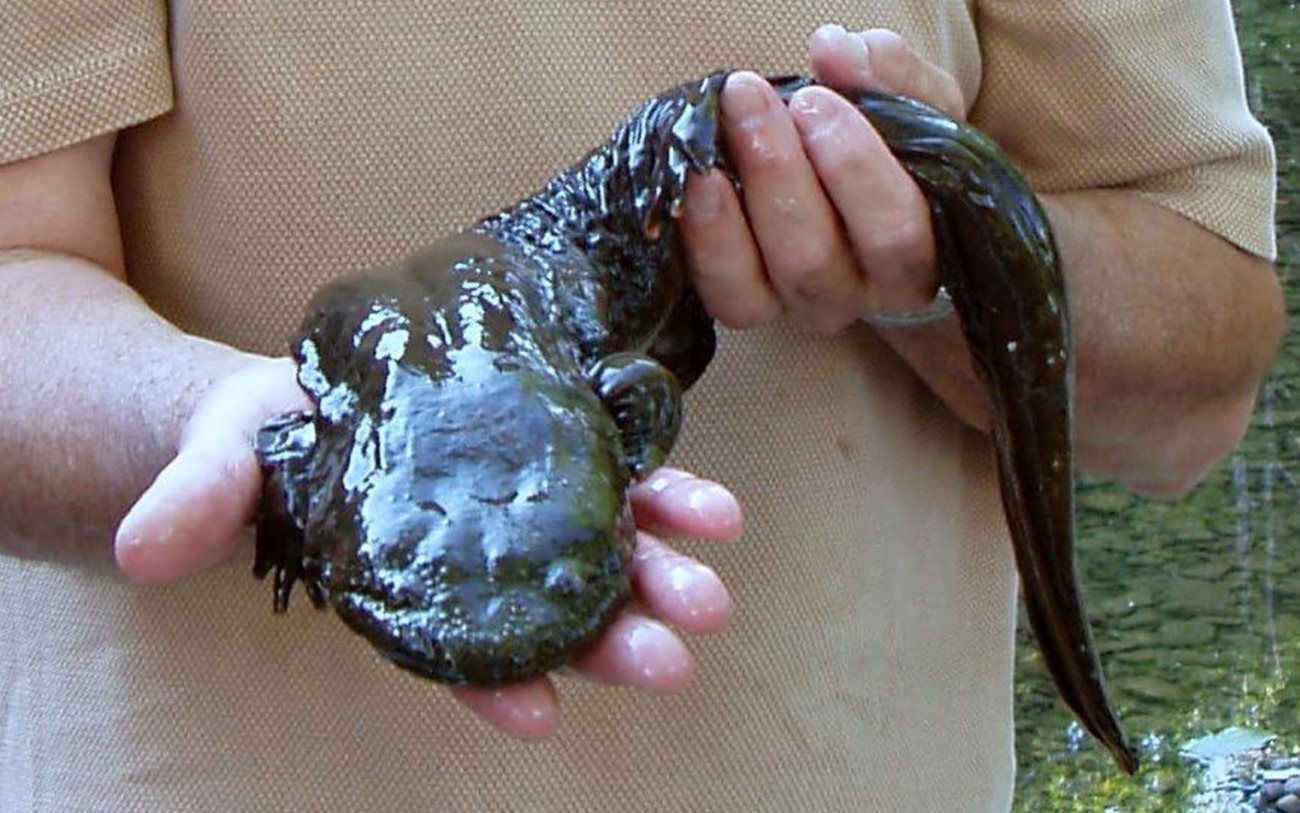The Eastern hellbender is set to become Pennsylvania's official amphibian.
Not every state has an official amphibian. Arizona has the Arizona tree frog, California has the California red-legged frog, and Idaho has the Idaho giant salamander, which makes it seem like the only thing necessary to become a state amphibian is be named after the state itself.
But Pennsylvania is bucking the trend. Rather than picking a Pennsylvania-named amphibian (which doesn’t exist--we checked), the state has decided to name the Eastern hellbender as their state amphibian.
You probably have never even seen a hellbender as they’re an increasingly rare find. They only inhabit the Eastern states and live around fast-moving streams and rivers. Hellbenders don’t have gills and instead “breathe” through capillaries in their frills which absorb oxygen from the water. This requires the water they breathe to have a high concentration of dissolved oxygen which only happens in clean rivers with moving water.
That’s a problem for the hellbender as such places are disappearing at an alarming rate. To draw attention to the problem, the Chesapeake Bay Foundation’s Student Leadership Council started petitioning the government to adopt the hellbender as the official state amphibian. A bill proclaiming the hellbender passed the state Senate last February and has been waiting on the House’s approval since then.
Which it received last Tuesday. In a vote of 191-6, Pennsylvania’s House of Representatives approved the adoption of the Eastern hellbender as the official state amphibian. This is an interesting choice considering the alternate names of the hellbender include (but are not limited to): "snot otter", "lasagna lizard", "devil dog", "mud-devil", "grampus", "Allegheny alligator", "mud dog", "water dog", "spotted water gecko", and "leverian water newt", according to Wikipedia.
But where did “hellbender” come from? That we don’t know. It’s assumed that the name came from settlers in the region that took one look at the giant, 2-foot-long salamander and said it was a demon from hell. In reality, the hellbender is completely harmless and mostly lives on a diet of river crustaceans.
The Chesapeake Bay Foundation hopes that the hellbender’s newfound notoriety will help in their cause of fighting for clean water for future Pennsylvanians.
NEXT: DOG RESCUED FROM BEING HIT BY CAR THANKS TO ANOTHER DOG


